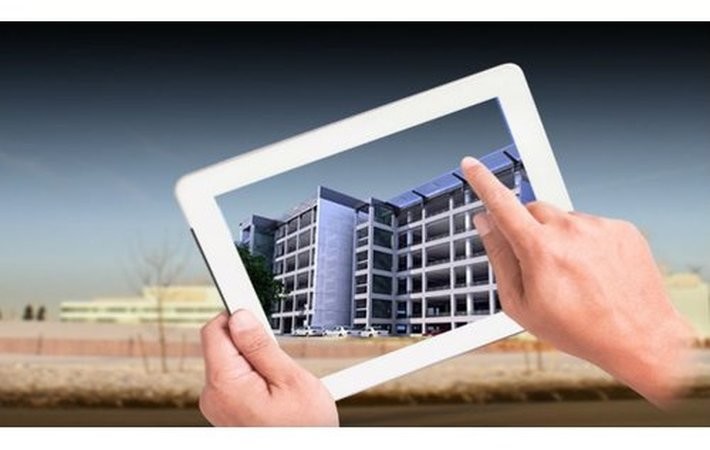
Published on 11/17/2016 | Market Sizing
What do bridges, skyscrapers, factories, and highways all have in common? Building any one of them entails a mountain of complex design, engineering, construction, and procurement details and processes. At one time, a huge undertaking like this only could be accomplished with many contractors and subcontractors immersed in paper-based drawings, spreadsheets, purchase orders, invoices, and phone calls ‒ all using separate technologies and siloed data. Now there’s a way to reduce the complexity of building a large structure while creating a stronger, safer, better-maintained structure at the same time.
Building information modeling (BIM) is a way to represent physical and functional characteristics of a structure using 3D digital models. Virtual design and construction (VDC) goes further as an integrated way to manage these digital models generated by the various disciplines involved in a construction project. When the VDC method is used to manage a project, stakeholders can get a 3D view of any part of a building project, along with the scheduling, cost, and (sometimes) maintenance details related to it. Laser-scanned point clouds which are representing the current spatial situation can be combined with the planned 3D BIM model. This can be used for any simulation. Energy conditions can be considered and analyzed, moving a project in the direction of “intelligent buildings.” Through VDC, project owners can better control and shorten processes by allowing people in various roles to collaborate easily and in a timely manner using the same version of project information.
The acceptance of VDC and BIM methods to organize projects is still in its infancy, with data standardization a key barrier. But the United Kingdom’s adoption of the BIM standard, Construction Operations Building Information Exchange (COBie) is ushering in an era of acceptance. By 2016 all U.K. construction projects must follow that standard and vendors who want to work as contractors for the U.K. government need to use it. This standard adoption comes as public sector organizations in the Netherlands, Singapore, Germany, and parts of the U.S. government are showing interest in VDC, as are private sector entities.
Several trends in the construction industry are contributing to the likely adoption of VDC and BIM, paving the way toward greater efficiency in building processes:
• Design-build projects ‒ As vendors need to comply with standards to secure government building contracts, some find it easier to compete as umbrella organizations that provide multiple design, build, and operations services under one roof. This reduces the number of contractors and subcontractors involved in a project, simplifying collaboration. And with one organization responsible for many phases, it makes sense to centralize project management and data using a method like VDC.
• Prefabrication ‒ Another trend is the prefabrication of building parts at a manufacturing plant for later assembly at the construction site. VDC enables manufacturers to virtually see and perfect a part prior to its use in construction. A part designed and approved according to standard can be replicated as many times as necessary. Off-site production means the part can be manufactured regardless of weather conditions and delivered when scheduled, freeing up space at the construction site. Some construction projects have as much as 70% of their building material created in this way through prefabrication.
Innovations in Big Data, cloud, and mobile technologies can support BIM:
• Big Data ‒ Construction projects generate a huge amount of data, and the dynamic nature of production makes it necessary to store, retrieve, and process that data quickly. In-memory computing can dramatically speed processing and accommodate large volumes of data, so people have access to the information they need when they need it. The technology also lets organizations use BIM to run scenarios showing, for example, the capacity of a highway or how a building’s energy use will be affected by different criteria.
• Cloud ‒ Organizations and their vendors no longer need to store huge volumes of data on-premise. With their data in the cloud, they can grant access to people in various roles who can consult the same model-based construction details and collaborate on them at each stage of the project. By streamlining collaboration in the cloud, project managers can avoid errors and duplication of effort to help bring projects in on time and within budget.
• Mobile ‒ Once a project is completed and handed off to its owner, BIM still comes into play. When asset management information is included in the model, technicians can access 3D manuals and floor plans, as well as repair and purchase orders, from their mobile devices so they can update building infrastructure. With scheduled alerts delivered to mobile devices, organizations can better ensure the ongoing maintenance of their facilities.
All these elements make VDC and BIM interesting areas to watch. In the future, these technologies will help enable the development of smart cities ‒ with better use of resources, contained costs, and a safer environment.
You can find the original article here.